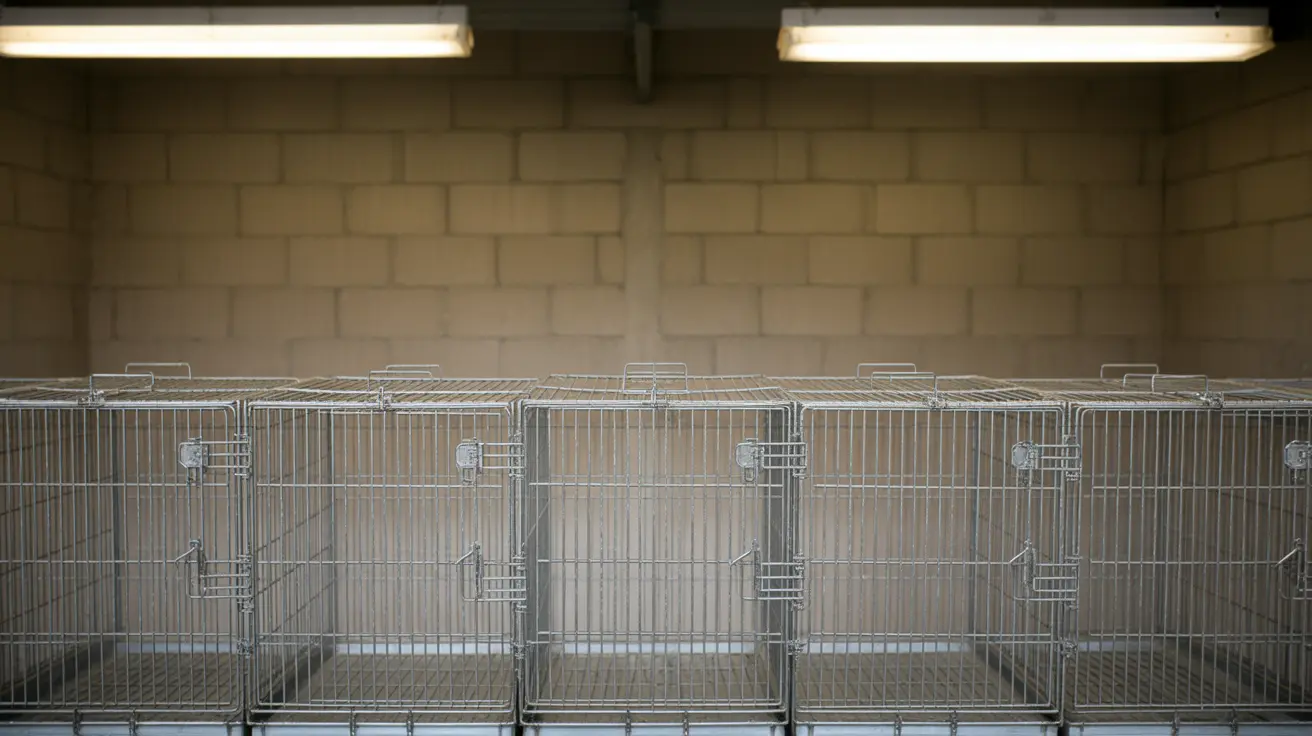Should You Leave Dry Food Out for Your Cat All Day?
Feeding your cat is more than just keeping the food bowl full. As obligate carnivores with specific dietary needs, cats thrive on structure and nutrition suitable to their age, health, and lifestyle. One common question pet owners face is whether leaving dry food out all day is a good idea. To make an informed decision, you must weigh the pros and cons of different feeding strategies: meal feeding, free feeding, and combination feeding.
Understanding Feeding Methods
- Meal Feeding: Scheduled meals offered once or twice a day.
- Free Feeding: Dry food available at all times.
- Combination Feeding: Timed wet meals with dry food left out.
Advantages of Leaving Dry Food Out
Free feeding your cat dry food throughout the day can be convenient for both cats and owners.
- Flexibility: Cats can eat when hungry, mimicking natural grazing behavior.
- Convenience: Ideal for owners with busy schedules.
- Less Food Anxiety: May reduce food-related stress for some cats.
Potential Drawbacks of Free Feeding
Despite its convenience, free feeding dry food has notable downsides:
- Overeating and Obesity: Dry food is calorie-dense; cats may overeat.
- Reduced Appetite Monitoring: Makes noticing appetite changes and illnesses harder.
- Multi-Cat Confusion: Difficult to monitor individual intake, which may create hierarchy issues.
Ways to Make Free Feeding Safer
If you choose to free feed, take precautions to ensure your cat remains healthy:
- Pre-measure Food: Place only a day’s worth of dry food in the bowl to avoid overeating.
- Use Food Puzzles: Food-dispensing toys encourage activity and portion control.
- Regular Weight Checks: Monitor for unnoticed weight gain.
- Freshness: Store dry kibble well to prevent spoilage or nutrient loss.
Meal Feeding: The Structured Alternative
Meal feeding involves offering food once or twice a day, or up to three times for kittens. Advantages include:
- Appetite Monitoring: Detect reduced appetite, which can signify illness.
- Better Portion Control: Reduced risk of obesity.
- Helps Multi-Cat Management: Fair food distribution among multiple pets.
However, cats may beg between meals and cannot control their intake timing.
Combination Feeding: Best of Both Worlds?
Combination feeding blends the strategies, typically with wet food meals in the morning and evening, and dry kibble available the rest of the day.
- Nutritional Balance: Incorporates hydration-rich wet food and convenient kibble.
- Hunger Management: Allows nibbling while still maintaining structure.
As with free feeding, this requires careful portion control to prevent overeating.
Special Considerations for Kittens and Health Issues
- Kittens: Require frequent meals for proper development. Free feeding is discouraged to prevent juvenile obesity.
- Health Conditions: Cats with diabetes or obesity require structured, vet-supervised meal plans.
The Feeding Environment Matters
How and where your cat eats affects its well-being. Ensure that:
- Bowls are shallow and wide to reduce whisker stress.
- Feeding areas offer low stress and good visibility.
- In multi-cat homes, separate feeding stations maintain harmony.
- Water sources are always fresh and clean; fountains can encourage drinking.
Choosing the Right Food
- Look for complete and balanced labels matching life stage needs.
- Check for quality proteins like meat or seafood among the first ingredients.
- Beware of treats and people foods, which should only make up 10-15% of calorie intake.
Consult Your Veterinarian
Before settling on a feeding strategy, speak with your veterinarian. Cats with specific health needs, like obesity, kidney disease, or dental problems, require personalized guidance.
Conclusion
Leaving dry food out all day can work for some cats, especially with portion control and regular veterinary monitoring. Understand your cat's lifestyle, age, and health before choosing a feeding method. Whether you opt for free feeding, scheduled meals, or a combination, ensure it promotes a healthy weight, satisfies nutritional needs, and supports your cat’s overall well-being.





